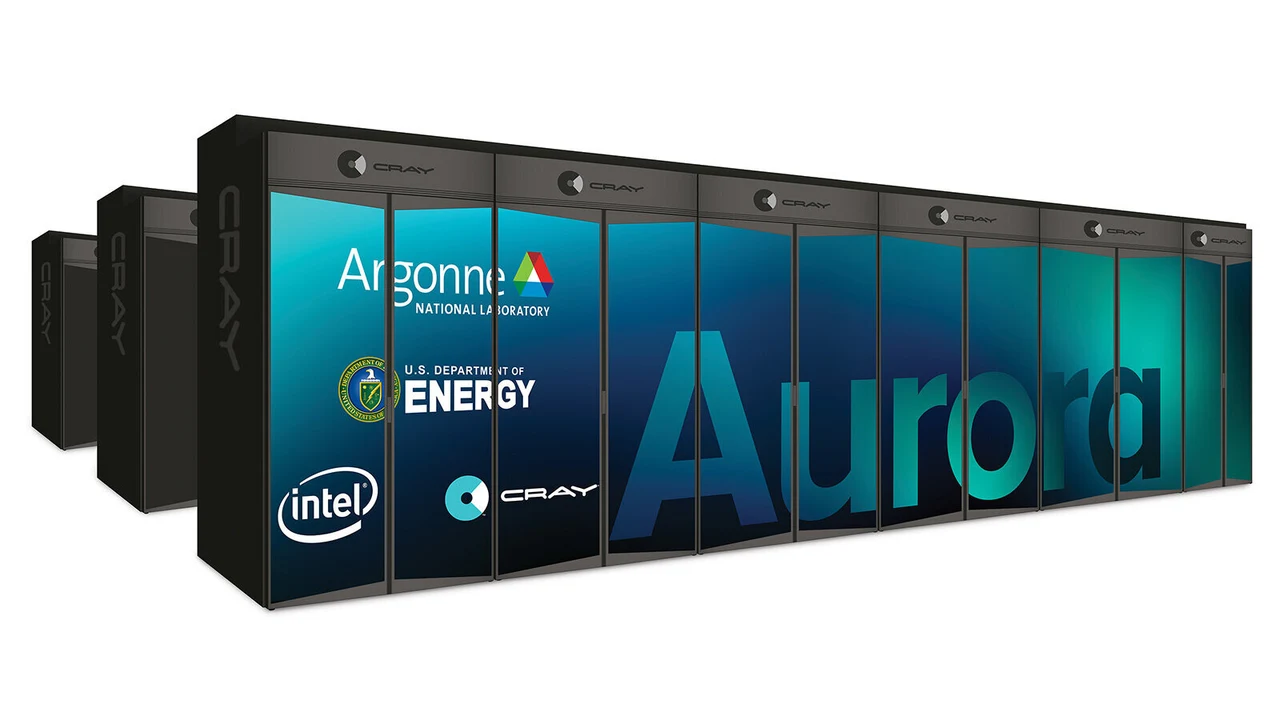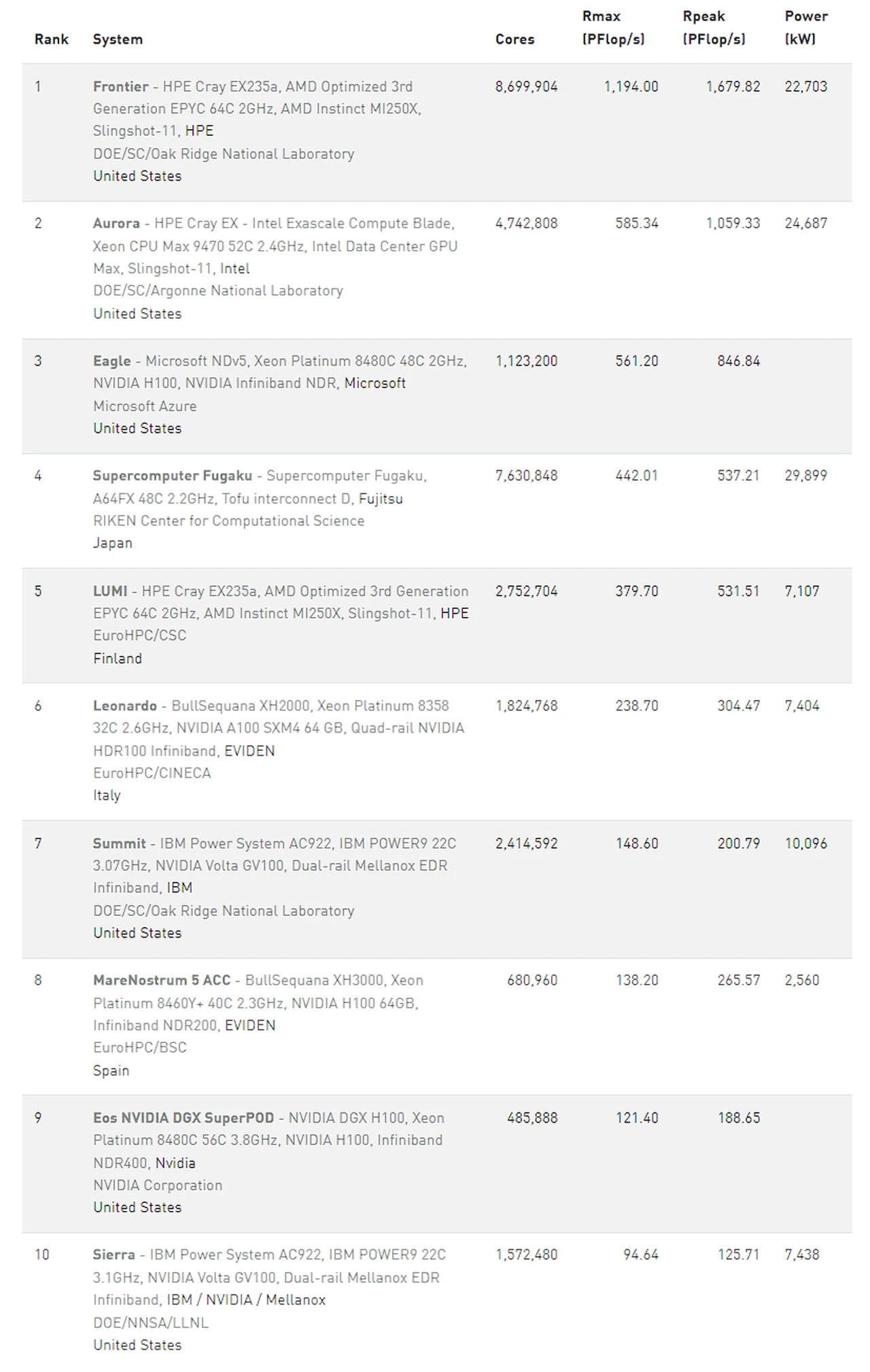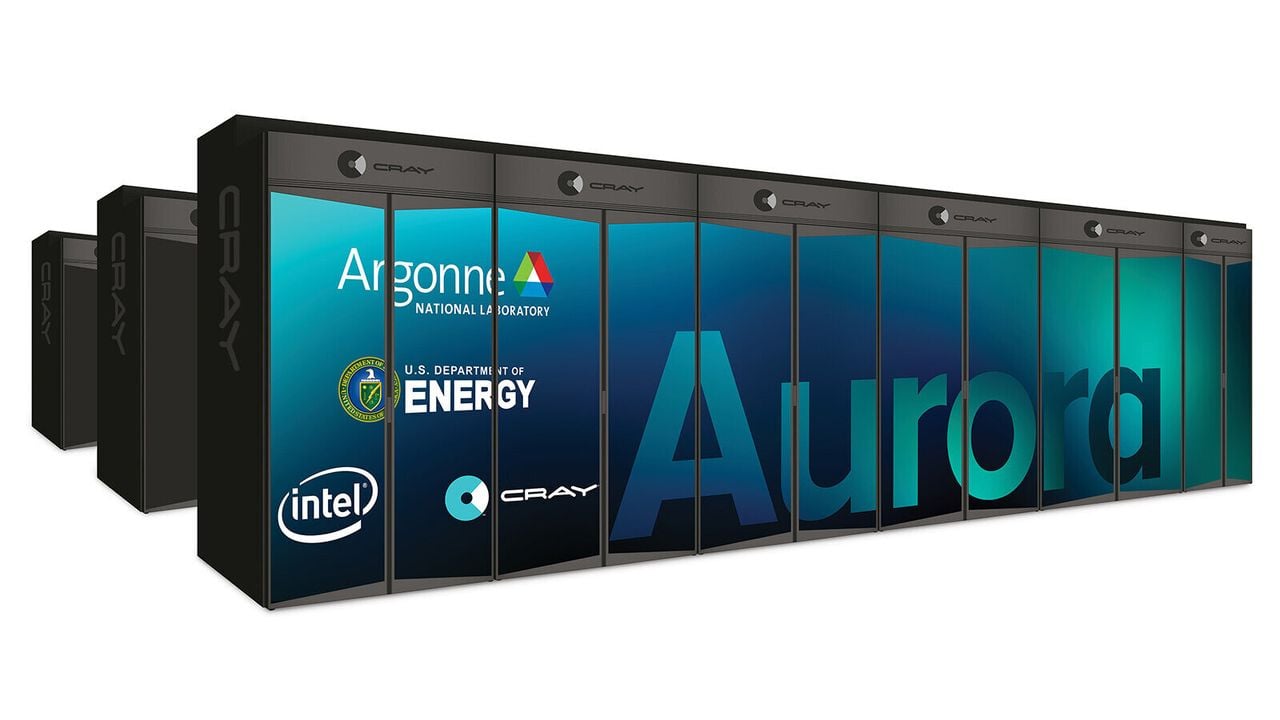
The 62nd edition of the TOP500 list has been unveiled, revealing the current ranking of the world’s most powerful non-distributed computer systems. This latest list has seen some significant changes, with five new or upgraded systems making their way into the Top 10. The Frontier system, however, continues to maintain its top spot, demonstrating its superior computational power.
Frontier system
The Frontier system, located at the Oak Ridge National Laboratory (ORNL) in Tennessee, USA, remains the most potent supercomputer and the only exascale machine on the list. Its High Performance Linpack (HPL) score of 1.194 EFlop/s is a testament to its unrivaled computing prowess.
In a significant development, the Aurora system has entered the list at No. 2. This system, housed at the Argonne Leadership Computing Facility in Illinois, USA, has an HPL score of 585.34 PFlop/s. Currently, the Aurora system is undergoing commissioning and is projected to exceed Frontier with a peak performance of 2 EFlop/s upon completion. This suggests that the future will see a fierce competition for the top spot.
Eagle system
The Eagle system, installed in the Microsoft Azure Cloud in the USA, has claimed the No. 3 spot. This achievement marks the highest rank a cloud system has ever achieved on the TOP500 list, indicating the growing influence and potential of cloud computing in the realm of supercomputing.
Fugaku, previously the reigning champion from June 2020 until November 2021, has now dropped to No. 4. This system, based in Kobe, Japan, has been a consistent performer and continues to be a significant player in the supercomputing world.
The LUMI system, situated at Euro HPC/CSC in Kajaani, Finland, has achieved the No. 5 spot with an HPL score of 379.70 PFlop/s. Meanwhile, the No. 6 system, Leonardo, is installed at a different EuroHPC site in CINECA, Italy. This shows the significant role Europe plays in the global supercomputing landscape.
The Summit, an IBM-built system at the Oak Ridge National Laboratory (ORNL) in Tennessee, USA, has now dropped to the No. 7 spot worldwide. Despite its drop, Summit remains a significant contributor to the world of high-performance computing.
New entrants to the list include the MareNostrum 5 ACC system at No. 8, installed at the EuroHPC/Barcelona Supercomputing Center in Spain, and the Eos system at No. 9, a NVIDIA DGX SuperPOD based system at NVIDIA, USA. These new entries highlight the continuous advancements and competitiveness in the supercomputing industry.
Finally, Sierra, a system at the Lawrence Livermore National Laboratory, CA, USA, ranks at No. 10. Despite being at the end of the top 10, Sierra’s placement on this list is a testament to its formidable computing capabilities.
The latest TOP500 list reveals the dynamic nature of the supercomputing field, with systems constantly evolving and new players entering the fray. Notably, 20 new systems on the list use Intel Sapphire Rapids CPUs, indicating a shift in hardware preferences. As technology continues to evolve, it will be intriguing to watch how these rankings change in the future and what new advancements will shape the world of supercomputing.
TOP500 top 10 most powerful computer systems

- Frontier remains the No. 1 system in the TOP500. This HPE Cray EX system is the first US system with a performance exceeding one Exaflop/s. It is installed at the Oak Ridge National Laboratory (ORNL) in Tennessee, USA, where it is operated for the Department of Energy (DOE). It currently has achieved 1.194 Exaflop/s using 8,699,904 cores. The HPE Cray EX architecture combines 3rd Gen AMD EPYC CPUs optimized for HPC and AI, with AMD Instinct 250X accelerators, and a Slingshot-11 interconnect.
- Aurora achieved the No. 2 spot by submitting an HPL score of 585 Pflop/s measured on half of the full system. It is installed at the Argonne Leadership Computing Facility, Illinois, USA, where it is also operated for the Department of Energy (DOE). This new Intel system is based on HPE Cray EX – Intel Exascale Compute Blades. It uses Intel Xeon CPU Max Series processors, Intel Data Center GPU Max Series accelerators, and a Slingshot-11 interconnect.
- Eagle the new No. 3 system is installed by Microsoft in its Azure cloud. This Microsoft NDv5 system is based on Xeon Platinum 8480C processors and NVIDIA H100 accelerators and achieved an HPL score of 561 Pflop/s.
- Fugaku, the No. 4 system, is installed at the RIKEN Center for Computational Science (R-CCS) in Kobe, Japan. It has 7,630,848 cores which allowed it to achieve an HPL benchmark score of 442 Pflop/s.
- The (again) upgraded LUMI system, another HPE Cray EX system installed at EuroHPC center at CSC in Finland is now the No. 5 with a performance of 380 Pflop/s. The European High-Performance Computing Joint Undertaking (EuroHPC JU) is pooling European resources to develop top-of-the-range Exascale supercomputers for processing big data. One of the pan-European pre-Exascale supercomputers, LUMI, is located in CSC’s data center in Kajaani, Finland.
- The No. 6 system Leonardo is installed at a different EuroHPC site in CINECA, Italy. It is an Atos BullSequana XH2000 system with Xeon Platinum 8358 32C 2.6GHz as main processors, NVIDIA A100 SXM4 40 GB as accelerators, and Quad-rail NVIDIA HDR100 Infiniband as interconnect. It achieved a Linpack performance of 238.7 Pflop/s.
- Summit, an IBM-built system at the Oak Ridge National Laboratory (ORNL) in Tennessee, USA, is now listed at the No. 7 spot worldwide with a performance of 148.8 Pflop/s on the HPL benchmark, which is used to rank the TOP500 list. Summit has 4,356 nodes, each one housing two POWER9 CPUs with 22 cores each and six NVIDIA Tesla V100 GPUs each with 80 streaming multiprocessors (SM). The nodes are linked together with a Mellanox dual-rail EDR InfiniBand network.
- The MareNostrum 5 ACC system is new at No. 8 and installed at the EuroHPC/Barcelona Supercomputing Center in Spain. This BullSequana XH3000 system uses Xeon Platinum 8460Y processors with NVIDIA H100 and Infiniband NDR200. It achieved 183.2 Pflop/s HPL performance.
- The new Eos system listed at No. 9 is a NVIDIA DGX SuperPOD based system at NVIDIA, USA. It is based on the NVIDIA DGX H100 with Xeon Platinum 8480C processors,N VIDIA H100 accelerators, and Infiniband NDR400 and it achieves 121.4 Pflop/s.
- Sierra, a system at the Lawrence Livermore National Laboratory, CA, USA is at No. 10. Its architecture is very similar to the #7 system’s Summit. It is built with 4,320 nodes with two POWER9 CPUs and four NVIDIA Tesla V100 GPUs. Sierra achieved 94.6 Pflop/s.
Source : TOP500
Filed Under: Technology News, Top News
Latest timeswonderful Deals
Disclosure: Some of our articles include affiliate links. If you buy something through one of these links, timeswonderful may earn an affiliate commission. Learn about our Disclosure Policy.

